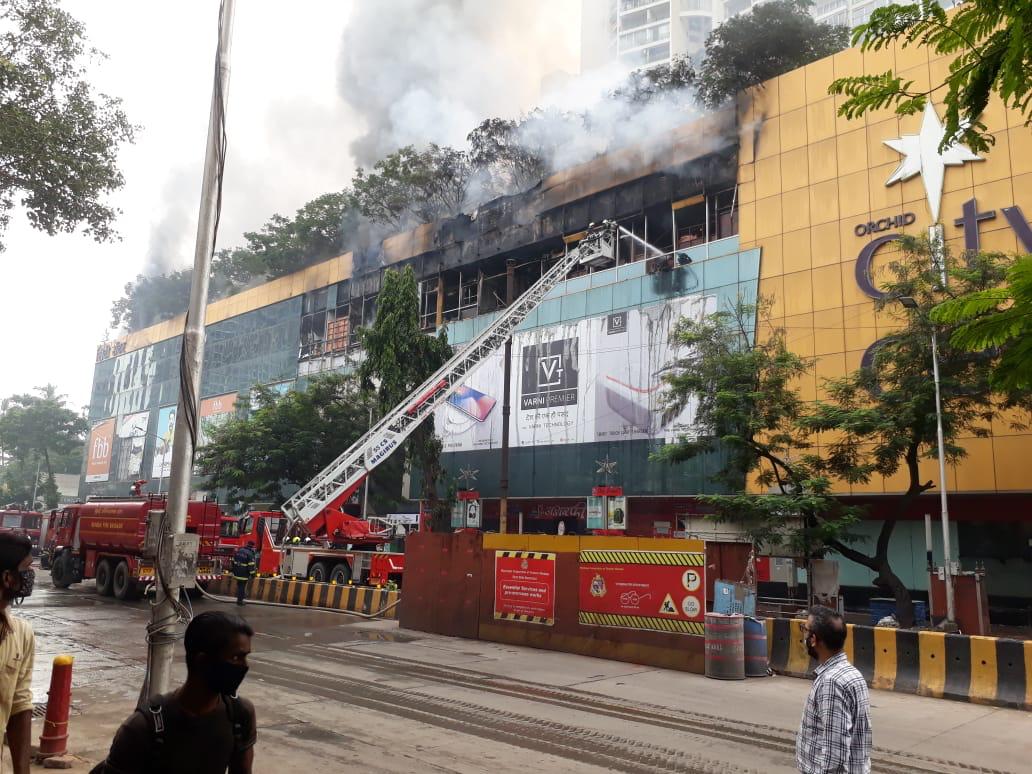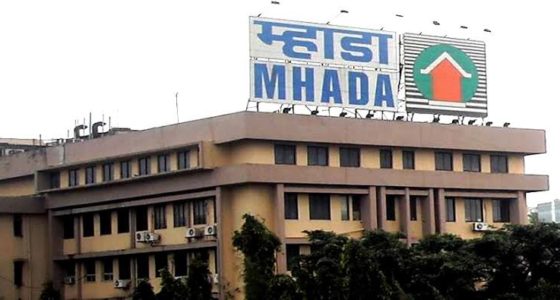By Dr. Vikram Mehta, MD of SPARTAN Fire Evacuation Lift
As Mumbai’s real estate market witnesses remarkable expansion, evidenced by a 13.2% year-on-year rise in property registrations during the recent Navratri festivities, the issue of fire safety in high-rise structures has become increasingly critical. The city’s narrow streets and the use of fireworks during Diwali further exacerbate these risks. Recent fire incidents, including the Times Tower fire, the Kalpataru Residence blaze in Goregaon, and the Chembur fire, underscore the urgent need for improved fire safety protocols.
Mumbai, recognized as the Financial Capital of India, has undergone significant and rapid development. Urban transportation advancements are unlocking the potential of real estate, leading to a surge in construction and demand. With 80% of employment opportunities concentrated in Mumbai and a substantial population increase in the surrounding Mumbai Metropolitan Region (MMR), long commutes for many residents are unavoidable. This scenario has resulted in a steep price gradient for residential properties in the area. However, this growth comes at a considerable cost to the well-being of its citizens.
The city’s development comes at a cost. In 2021, 70,023 units were launched, just 12% below pre-pandemic levels, with 62,989 units sold, surpassing pre-pandemic sales by 3%. Q3 2022 saw launches grow 49% YoY and sales increase 35% YoY. The pandemic shifted mindsets, with people opting for ownership and upgrading homes for ‘work-from-home’ and ‘school-from-home’ lifestyles.
Despite Mumbai’s impressive financial growth, the city’s living conditions tell a different story. The alarming rise in fire incidents, lift accidents, house collapses, and potholes raises concerns about the human cost of this development.
The numbers are staggering:
– 154% increase in fire accident fatalities in 2023
– 3,197 emergencies reported in the first seven months of 2024, resulting in:
– 8 fatalities
– 112 injuries
These statistics underscore the urgent need to prioritize safety and infrastructure development alongside economic growth.
On October 9th, the Mumbai High Court mandated the State Government to implement specific Fire Safety Regulations, which include the installation of Fire Towers and Fire Evacuation Lifts in high-rise buildings. Should the government fail to comply, the court may consider halting all developmental approvals. Given the current trends in infrastructure development, the necessity for these regulations is clear, especially as the number of incidents continues to rise. It is also crucial to examine the underlying causes of these increasing figures to ensure that we remain vigilant and adhere strictly to fire safety protocols.
The primary issues identified include:
1. Electrical Short Circuits: A Leading Cause of Fires
Data reveals that electrical short circuits account for approximately 70% of fire incidents. However, other factors contribute to the vulnerability of high-rise buildings to fires. The use of Aluminum Composite Panels (ACP) in building facades has been identified as a significant risk factor. ACPs are highly combustible, spreading flames rapidly and intensifying fire damage. When high-rise buildings clad with Aluminum Composite Panels (ACP) catch fire, the consequences can be catastrophic. The toxic fumes and smoke emitted by burning ACP panels often lead to suffocation, claiming numerous lives.
In the event of a fire, ACP panels can:
- Produce dense smoke, reducing visibility
- Generate extreme heat, fueling the fire
- Release toxic fumes, causing respiratory distress and suffocation
The devastating consequences of ACP panel fires highlight the need for:
- Stricter building codes and regulations
- Alternative, fire-resistant materials
- Enhanced fire safety measures and emergency preparedness
2. Glass Façades: Aesthetic but Hazardous
Glass façades, popular for their aesthetic appeal, also pose fire risks. Shattered glass can injure occupants and hinder evacuation efforts. Furthermore, glass façades can trap heat, exacerbating fire conditions.
3. Poor Maintenance: A Silent Killer
Inadequate maintenance is a critical contributor to fire hazards in high-rise buildings. Neglected electrical systems, faulty wiring, and uncleaned ducts create an environment ripe for disaster. Regular maintenance of Fire Evacuation Lifts and Fire Towers is paramount to ensure safe evacuation during fire emergencies. Unfortunately, many residential societies and builders neglect this critical responsibility, putting lives at risk.
Consequences of Neglect:
- Failure of critical evacuation systems during fires.
- Increased risk of injury or fatality.
- Delayed evacuation, allowing fires to spread.
Urgent Call to Action:
- Regularly inspect and maintain Fire Evacuation Lifts and Fire Towers.
- Update maintenance records and logs from vendors.
- Ensure compliance with fire safety regulations and guidelines.
- Conduct routine fire drills and training.
4. Several other challenges hinder effective fire safety in Mumbai, including:
- Rapid Urbanization: High population density and overcrowded urban areas make firefighting and rescue operations difficult.
- Inadequate Infrastructure: Narrow streets, congested buildings, and lack of open spaces hinder emergency response.
- Lack of Awareness: Insufficient knowledge among the public regarding fire safety measures and emergency response procedures.
- Limited Resources: Fire departments face challenges in acquiring modern equipment, and training, and Shortage of skilled firefighters and support staff.
Measures for Enhancing Fire Safety
Special Fire Safety Regulations: A Step in the Right Direction
In response to a high court order, the Maharashtra Government has introduced special fire safety regulations, emphasizing Fire Towers and Fire Evacuation Lifts (Firemen Evacuation Lifts). These provisions aim to enhance emergency response and evacuation procedures.
Conclusion
Collective responsibility and vigilance are crucial in preventing fire tragedies. As the city’s real estate sector continues to grow, prioritizing fire safety is essential to protecting lives and property. By addressing these concerns and adopting proactive measures, Mumbai can mitigate the risks associated with high-rise buildings and ensure a safer, more secure living environment for its residents.
Also Read: Maharashtra Strengthens Fire Safety Regulations: A 5-Year Review









